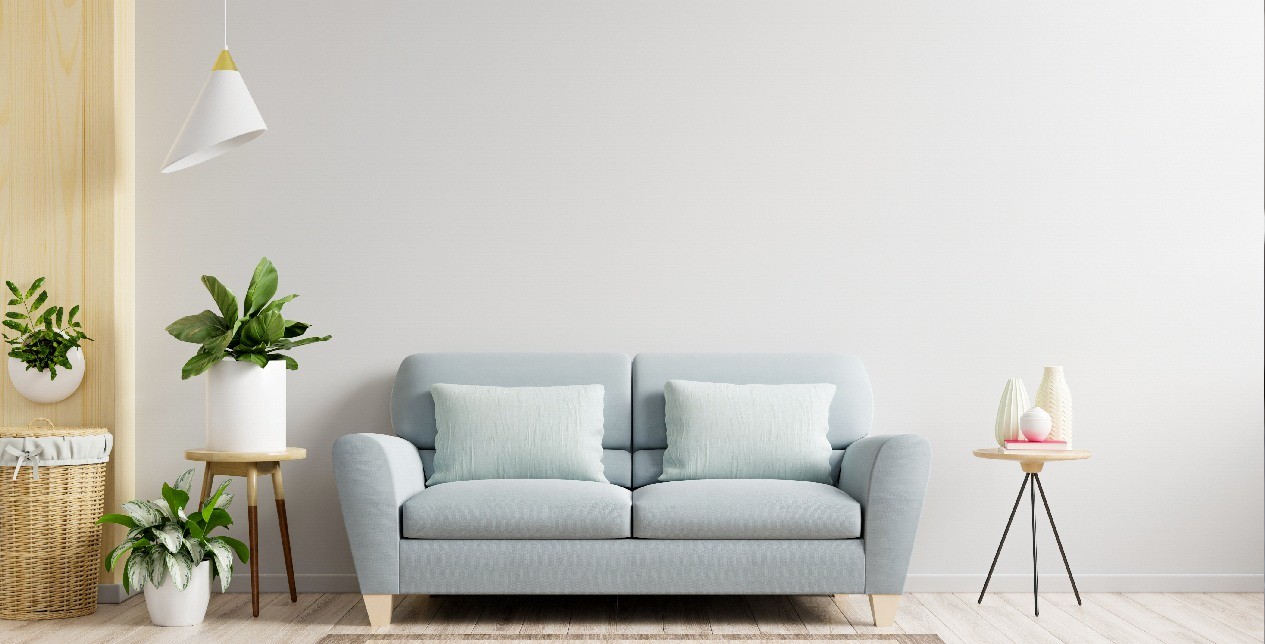As allergy and wildfire smoke seasons arrive, indoor air quality improvement becomes more crucial than ever. Improving air quality through ventilation is the simplest and most effective approach—opening your windows regularly (when weather permits!) may help significantly.
Let’s go over some other ways to improve your home environment.
For more professional guidance on enhancing indoor air quality, get in touch with Autumn Air for expert advice.
Table of Contents
1. Change your air filters
If your household is regularly experiencing respiratory issues or sneezing, the cause could lie with its filters. A high-quality air filter must be installed and changed regularly to achieve the best results.
Consider purchasing houseplants that act as natural air purifiers. These plants can help to remove harmful components from your indoor air, purifying your living environment.
HEPA air filters also help ensure that dust and other airborne irritants don’t circulate back through your home, helping you sleep soundly while decreasing allergy symptoms.
2. Install an air purifier
Air purifiers also help filter out pollutants through filtration. They’re available in various shapes and sizes, so it’s essential to choose one that best suits your household’s needs. Air purifiers work by trapping contaminants such as dust, pollen, pet dander, and smoke particles.
3. Install a humidifier
A humidifier can relieve symptoms associated with dry air, such as itchy skin and nose, and decrease static electricity, which often leads to shocks.
Whole-house humidifiers are an integral component of your HVAC system that add moisture directly into the air before it circulates your home.
4. Install a dehumidifier
On the flip side, dehumidifiers help combat humidity by reducing allergens, such as mold and mildew, significantly improving indoor air quality and providing relief.
5. Install a UV light
Subtractive pollutants affecting indoor air quality may not always be easy to spot; however, their harmful effects on health are significant and could include headaches, fatigue, and digestive issues.
UV lights installed near an evaporator coil can help combat mildew and mold growth while sanitizing the air that flows through it, providing superior results when combined with physical filtration or other air-cleaning systems.
6. Keep a clean home
Maintaining a clean home is key when it comes to improving indoor air quality. Vacuuming regularly, dusting, and reducing clutter can help reduce the number of pollutants in your home. Additionally, keeping a tidy home reduces the chances of mold or mildew growth.
7. Use natural household products
Switching to natural and non-toxic household products can significantly impact indoor air quality. Many commercial cleaning products contain harmful chemicals that can contribute to poor air quality. Opt for natural alternatives or make your own cleaning solutions using ingredients like vinegar and baking soda.
Conclusion
Unusual respiratory symptoms could indicate that your home’s air quality is unhealthy. Luckily, there are several solutions available to improve it.
Filtering, adding fresh air, and managing humidity are all effective methods for improving indoor air quality. UV sterilizers use ultraviolet light to deactivate DNA-based contaminants like bacteria and mold spores; with increased bulb strength comes more exposure to microorganisms for deactivation and death.











